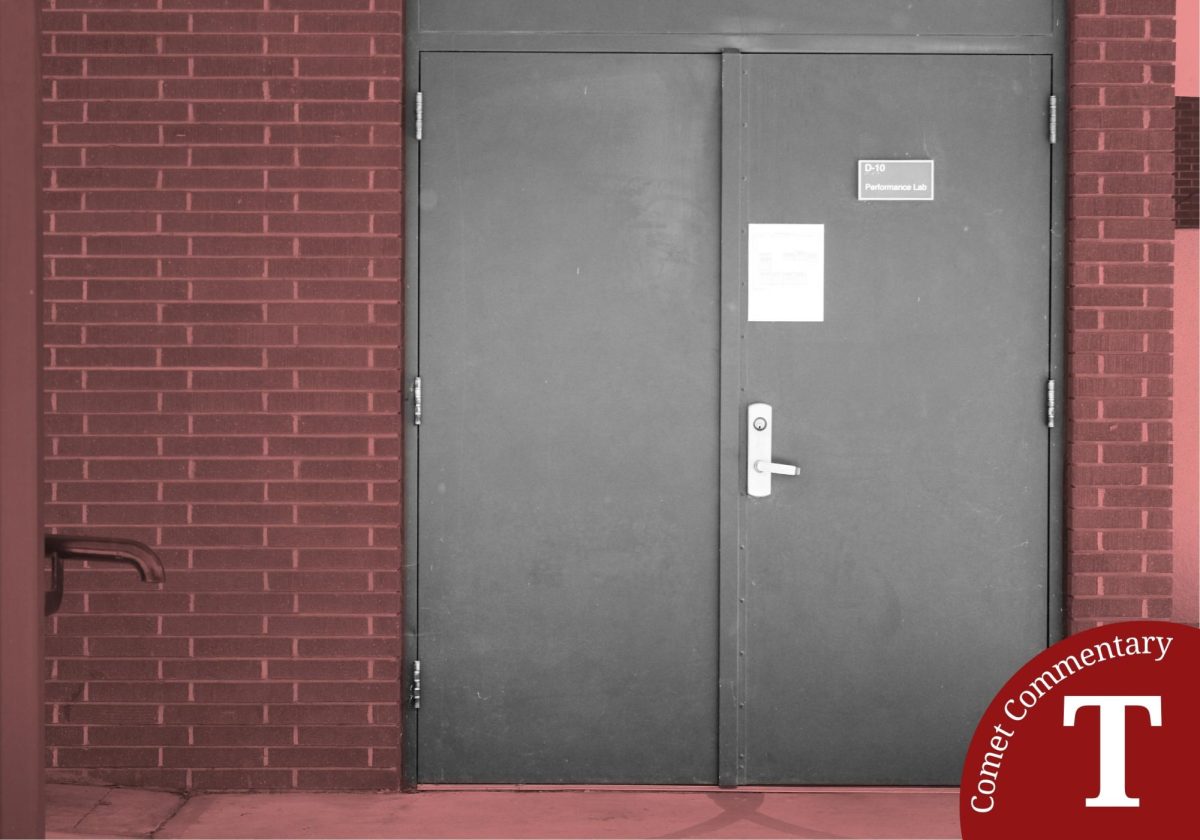Budget cuts, expensive books and limited classes play major role in enrollment decrease.
“Books are overpriced, financial aid is a headache, and classes are way too expensive to afford. I don’t even have all of my books because the bookstore is so expensive and there are not very many inexpensive alternatives,” Palomar student Luke Zappardino said.
He is right. The main reason for decline in student enrollment is the trickling effect from budget cuts that have been increasing over past years. According to the Public Policy Institute of California, from the fall of 2008 to the spring of 2012 there has been 7.8 percent to 9.8 percent drop in student enrollment. The biggest decline has been proven to be in the summer sessions.
There are many factors that have added to the devastating decline in student enrollment to California community colleges. The Government Accountability Office ran a study that states the textbook costs are 72 percent of what tuition costs are at a community college.
“Students recognize that textbooks are essential to their education but have been pushed to the breaking point by skyrocketing costs,” Nicole Allen, Textbook Advocate for the Student PIRGs said.
The average annual increase in college textbook prices from December 2001 to November 2010 was 6.1 percent, varying from a low of 4.1 percent to a high of 8.3 percent. These figures are based on the college textbooks component of the Consumer Price Index. Assuming this textbook inflation rate continues, the current annual cost of college textbooks in 2014 should be about $1,262 on average, according to the website FinAid.org.
Students are forced to go to great lengths in order to get books or simply forgo attending college until they can get the necessary funding to do so. In some cases, students have opted to borrow or share books and teachers will often times leave copies on reserve in the library for in house use.
According to the College Board, the cost of tuition has almost doubled since 2004.
In 2012 to 2013, legislation passed a majority vote to cut the Cal Grant program by 5 percent and plan to increase that percentage cut over the coming years. The requirements for financial aid have also changed in that students or their parents must make lower than an income and asset ceiling of that year for the Cal Grant program. The qualifications to receive funding are more strict than they once were in previous years.
“Policy decisions are always going to be intertwined with the budget, and in this area the administration believes that raising the bar for Cal Grants is a good choice from a fiscal and policy perspective,” H.D. Palmer, spokesman for the state Department of Finance said.
In 2012 to 2013, the budget was cut by $389 billion and tuition increased by an approximate of 9 percent statewide. The monumental cuts in higher education have hurt California’s public colleges and more specifically the programs set up to benefit the financially burdened students.
A survey released recently by the California Community Colleges systemestimated that at least 472,000 of the 2.4 million students who attend a community college had to be put on a wait list for classes this fall, according to the website World Socialist.
Community colleges can’t restrict students from enrolling by law. Instead, community colleges are eliminating courses and sections and in turn students are not able to attend colleges because of the lack of classes to achieve completion.
Since 2008, course offerings have declined by as much as 21 percent over the course of the academic year, and over 60 percent in the Summer term alone, according to the Public Policy Institute of California.
The amount of classes offered in summer have decreased considerably in comparison to the decrease in classes during Fall or Spring semester. The reason for cuts in classes is a direct relation to the cuts in staff as well as teachers.
Although there is an increase in class size as well as class enrollment, there is an overall decline in student enrollment to colleges that is being majorly affected by this triggering budget cut. Legislation states that they are advocating for the benefit of California students, but the ramifications of the passing votes show otherwise.
It is up to the students to make a change. The next time you have an opportunity to vote on major topics like tuition increases or budget cuts, do so. When you hear that students are gathering to lobby against a topic that affects college education, join the movement. If we do not show interest, then neither will state and federal legislation.













